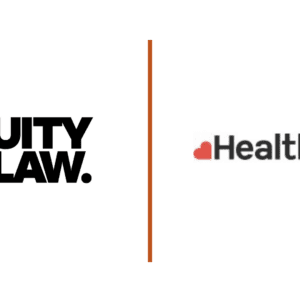AI & Copyright: A Collision Course In UK Courts
Author: Adam Munn
Key Contacts: Adam Munn & Declan Goodwin
The landscape of intellectual property is facing a seismic shift, thanks to the rise of sophisticated AI models capable of creating seemingly original works. This newfound creative power comes hand-in-hand with thorny legal questions, as evidenced by recent copyright claims against AI developers in both the UK and the US.
On 27th December 2023, the New York Times filed a copyright infringement lawsuit against OpenAI and Microsoft, alleging the unauthorized use of its articles in training the popular ChatGPT language model. The newspaper claims this constitutes a “taking” of their intellectual property without adequate compensation or attribution.
Furthermore, back in January 2023, Getty Images launched legal proceedings against Stability AI before the High Court in London. Their claim? Infringement of intellectual property rights. They alleged that Stability AI unlawfully copied and processed over 12 million of their images, without permission, to train their popular AI tool, Stable Diffusion. The AI developer attempted to have parts of the claim dismissed, but in December, the High Court rejected their application, paving the way for a potentially landmark trial.
UK legal position:
Under the UK’s Copyright, Designs, and Patents Act 1998, using copyrighted work without the owner’s permission constitutes infringement. However, exceptions exist: notably, text and data mining (TDM) of copyrighted works for non-commercial purposes, provided the AI developer has lawful access to the material. This access generally occurs through licensing agreements with copyright holders, outlining permitted uses and fees.
The UK government, recognizing the potential of AI, initially considered significantly expanding the TDM exception. They intended to make the UK an attractive jurisdiction for AI development, allowing anyone to use copyrighted works for any purpose, even without the copyright holder’s consent. This proposal, unsurprisingly, met with fierce opposition from creative industries, ultimately leading the UK government to backtrack and opt for a more nuanced approach.
So, where does this leave us now? The legal landscape remains shrouded in uncertainty, with the Getty Images litigation holding much weight in determining the permissibility of using copyrighted works in AI training data. This ambiguity undeniably casts a shadow over UK AI development. However, the UK Intellectual Property Office is actively charting a path forward through its AI Code of Practice (Code). Originally envisioned as a guiding light by the end of 2023, this voluntary agreement remains shrouded in its own delay, yet its potential to establish clear guidelines for responsible AI interactions with copyrighted materials cannot be overstated. The Code’s intended scope, encompassing fair licensing practices, transparency in training data, and robust risk management frameworks, promises to foster a balanced and transparent ecosystem for UK AI. While legal clarity from rulings like Getty v Stability AI holds immense value, the delayed Code, once released, could offer a crucial framework for navigating the murky waters of copyright in the age of AI.
The UK’s AI and copyright landscape is a legal thriller in the making. As court cases unfold and the AI Code of Practice takes shape, stay tuned for the next chapter where innovation clashes with creativity, and the future of AI unfolds.






